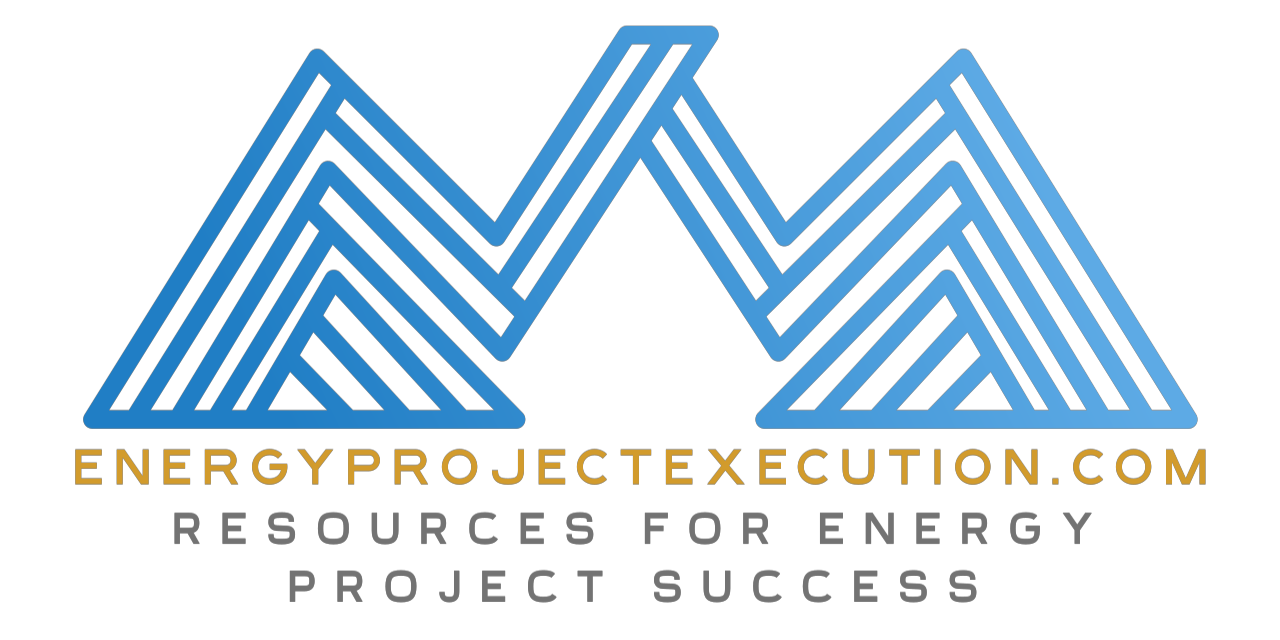Streamlined Project Phases: The Deliverables That Make It Happen
Tailored deliverables across project phases serve as the foundation for streamlining workflows, improving efficiency, and mitigating risks in energy projects. By aligning deliverables with project objectives, teams can ensure seamless execution and achieve successful outcomes while meeting stakeholder expectations.
Hydrogen in the Energy Transition: Key Projects and Critical Insights
Hydrogen plays a crucial role in the energy transition, offering solutions for decarbonizing industries, enhancing energy storage, and supporting renewable integration. Despite its transformative potential, hydrogen faces challenges related to cost, infrastructure, and efficiency, which must be addressed to achieve widespread adoption.
The Strategic Advantages of EPC Execution in Energy Projects
The EPC (Engineering, Procurement, and Construction) model streamlines project delivery in the energy industry by integrating responsibilities under a single contractor, reducing risks, and accelerating schedules. This turnkey approach ensures efficient execution, cost control, and high-quality outcomes, making it a preferred choice for energy projects.
Crafting Success: Selecting the Best Contract for Energy Projects
Selecting the right contract type is critical for achieving success in energy projects, as it influences risk-sharing, cost control, and execution efficiency. By understanding the advantages and drawbacks of key contracts like Lump Sum, T&M, Cost Plus, and GMP, stakeholders can align contract selection with their project’s unique needs.
Choosing the Right Project Execution Method for Energy Projects
Choosing the right project execution method is essential for balancing cost, schedule, and risk in energy projects. This guide breaks down the advantages, disadvantages, and ideal applications of execution strategies like DBB, DB, EPC, IPD, and CMAR, empowering stakeholders to make informed decisions.
A Practical Guide to Stakeholder Alignment in Energy Projects
Aligning stakeholder goals with project objectives is essential for minimizing risks, fostering collaboration, and ensuring project success in the energy sector. By identifying stakeholders early, understanding their priorities, establishing measurable objectives, and maintaining effective communication, project managers can create a shared vision and navigate challenges effectively to ensure stakeholder alignment.
A Practical Guide to Project Schedules for Energy Projects
This guide explores the essential types of project schedules, detailing their purposes, applications, and alignment with various phases of project execution to ensure seamless planning, coordination, and delivery. By integrating the right schedules, ranging from Master to As-Builts, project teams can enhance efficiency, mitigate risks, and achieve successful outcomes in complex energy projects.
How to Tackle Project Execution Failures: Common Causes and Fixes
This guide highlights critical lessons from failed project execution plans, focusing on common causes of project execution failures such as weak stakeholder alignment, poor risk management, and ineffective communication. It provides actionable strategies to enhance project planning and execution, helping teams achieve successful outcomes and avoid similar pitfalls.









